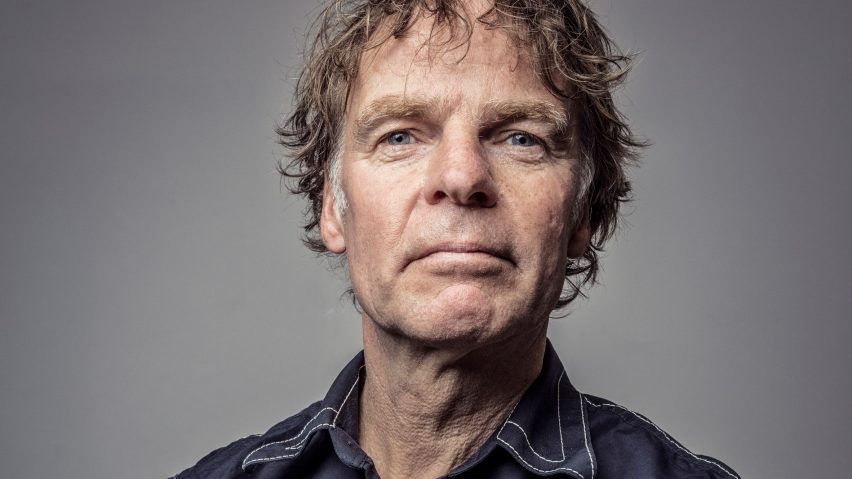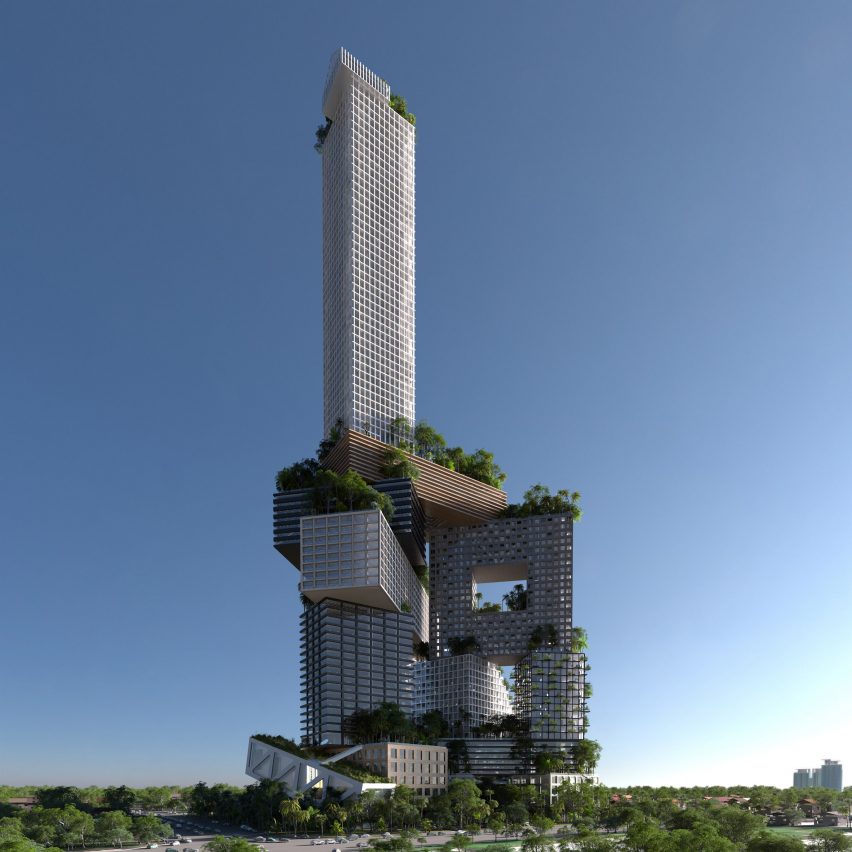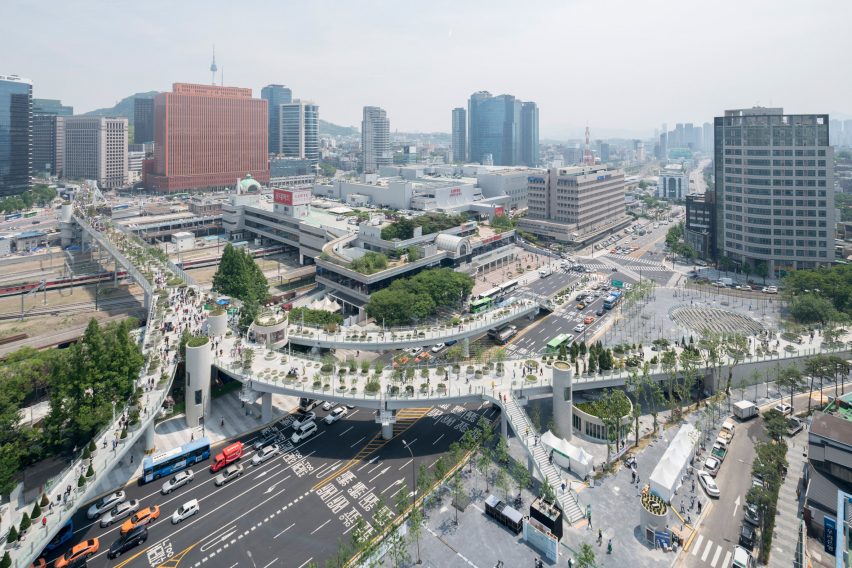
Asian cities overtaking "impossible" London and "terrible" New York in urban design, says Winy Maas
"Monster cities" in Asia including Seoul, Taipei and Jakarta are racing ahead of western counterparts in terms of architectural vision and urban design quality, according to architect Winy Maas of MVRDV.
Maas said that the dynamic mayors of Asian cities were driving dramatic improvements to transport, housing and public space in their cities to cope with rapid urbanisation and rising expectations, and to attract businesses.
"These cities with their action-orientated policies are exemplary in how to tackle the big problems facing cities today," said Maas, who added that their approaches to urban improvements could act as role models for cities elsewhere – including in the west.
"They can be inspirational for cities in the Americas or in Africa, and maybe also in London."
Maas added that Asian cities would soon "leapfrog" their western counterparts in terms of urban quality: "Because of their density and the size, and how they are tackling that, there's a learning curve that you can see."

The architect was scathing about what he saw as London's inability, or unwillingness, to transform itself through design.
"London is an impossible city," he said. "On the one hand it's one of the nicest cities in social terms, and in terms of what you can do. But on the other hand it's one of the most ineffective cities to produce a reorganisation of its urban tapestries."
He added: "Even after 20, 25 years of trying to do something in London, I cannot understand this combination. It seems like London has a certain lethargy or an impossibility to deal with larger-scale phenomenon. From bike paths, to new metro lines to social housing improvements to neighbourhood investments... I don't have a clue."
"It looks so easy when you see what Taipei is doing with neighbourhoods."
Rotterdam-based MVRDV has worked extensively in Asia, with projects including a park containing an artificial beach in Tainan in Taiwan, and a proposal for a 400-metre-high skyscraper in Jakarta, Indonesia.
In May this year, the firm completed the transformation of a kilometre-long overpass in Seoul into a verdant walkway. Maas said the Seoul project, called Seoullo 7017, has been so successful that the city has asked MVRDV to extend it.

"There were so many visitors," Maas said. "Immediately the government took the decision that actually the place is not big enough, and made the decision to extend the space, and also to make it better for safety reasons."
"So that leads to the need to add bridges to other buildings, to add stairs to adjacent sites and gardens and public plazas, to lead to new streets."
Maas said Asian cities looked to the west for inspiration, taking the best ideas from Europe but combining them with local typologies.
"I think the European city is still a model of how to get people on the bike or how to get mini parks, or how to get good pavements," he said.
"They are also inspired by the European system of funding. They look to New York in terms of density. The mayor of Seoul went to New York to look at the High Line and said 'this could work'."
"But also they see New York as having very bad pavements and horrible metro lines and terrible airports, so they're already beyond that somehow," he continued.
"They look also to [Asian] community systems, like the kampungs [urban villages] in Jakarta, which are very beautiful community systems that you can compare with how the neighbourhoods in New York or London are organised."
Competition between cities in the region is driving urban innovation, with ambitious mayors learning from each other and using urban design as a way of both improving life for inhabitants and attracting investment.

"This competition is helping innovation in newer cities to grown their economies. They use the urban formula for that."
Even Bangkok, which has suffered from haphazard planning and poor infrastructure, is wising up to the importance of good urban design, Maas said.
"[Bangkok is] really bad in many things: in mobility and ecology and in sewage management, and they see the need to update."
The major Asian cities are all responding to similar issues caused by rapid urbanisation, Maas said.
"It's a very classic process," he said. "People go there from the countryside; they live in not so nice circumstances in general; the middle class become bigger; people become more demanding. Cities have to respond to that and become more social, reduce pollution, build good infrastructure."
"The cities are mega and they have an important role in national economies. Most of the mayors afterwards become presidents or become leaders on a national level. That has already led to kind of relationship of inspiration you could say, of sharing things."
"Some of these mayors have an incredible instinct for finding out how to accelerate this process of regeneration," he added, saying: "All these monster cities are changing."
Maas spoke to Dezeen in Eindhoven last month, where he was named as one of three ambassadors for Dutch Design Week, alongside Dezeen's Marcus Fairs and design studio Atelier NL.
Maas, born in 1958, formed MVRDV with Jacob van Rijs and Nathalie de Vries in 1993. MVRDV was placed at number nine in the inaugural Dezeen Hot List of movers and shakers in the design world.